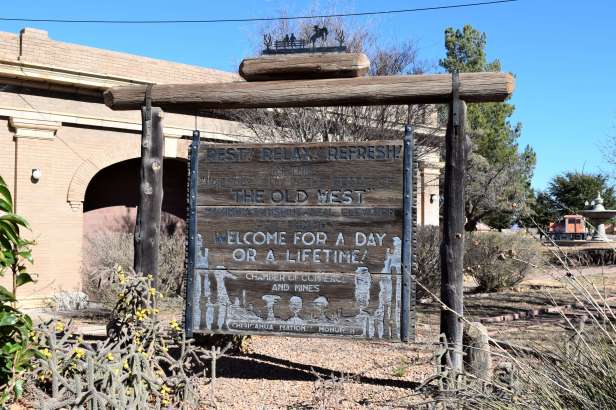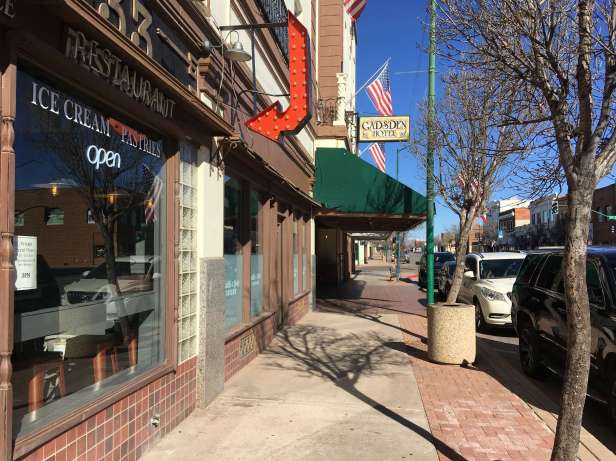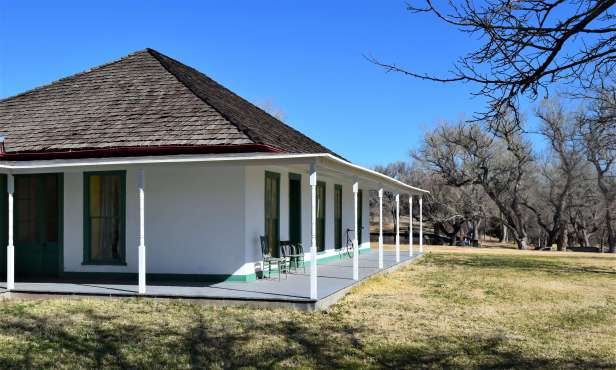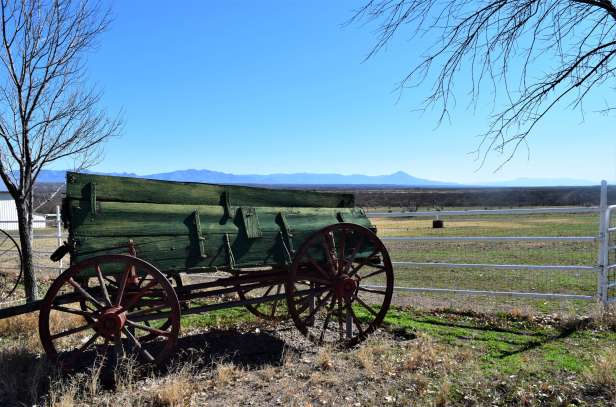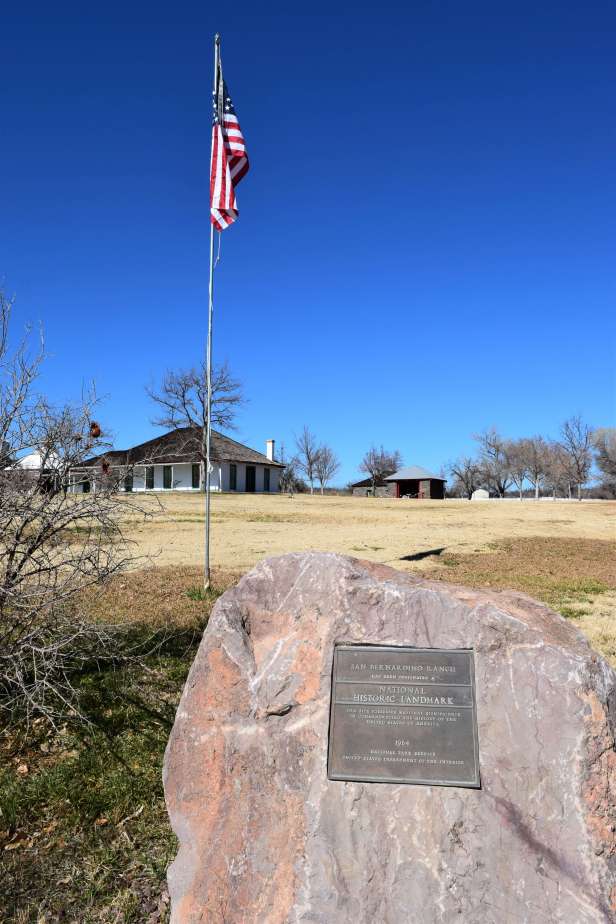The History
Recently, we visited a cool little (not really little) place called Slaughter Ranch. Before that trip, ranching history wasn’t super interesting to me. Now I know better. My reason for going was to try and track down Arizona’s fourth Presidio (Spanish fortress). The other three are: Tucson Presidio, Tubac Presidio, and Santa Cruz de Terrente. I’ve been to all three many times. Rumor has it that Arizona had a fourth Presidio somewhere on Slaughter Ranch.
Since we’re in the Sonoran desert and the Pimeria Alta (Northern Pima Indian Lands), Father Eusebio Kino and his journey through the Pimeria Alta is going to play a big part in the history here. The Southern Athabaskan (Apachean), are indigenous to this land. This was a time when there were no borders, just the free land. Father Kino recorded in his diary a stop at what is now Slaughter Ranch. Slaughter Ranch started out as a Mexican Land Grant of 73,240 acres purchased in 1822 by Ignacio Perez for 90 pesos. Can you imagine owning a tract of land that size? It didn’t last long. The Apache ran Ignacio off his land in 1830. In 1846 the Morman Batallion passed through Slaughter Ranch on their way to California. On June 8, 1854, Slaughter Ranch and the surrounding valley became part of the United States and Arizona Territory after the Gadsen Purchase.
Back to my original reason for visiting. I was searching for a mysterious fourth Presidio in Arizona. I’ve seen drawings of this Presidio but haven’t been able to pinpoint its exact location. I knew it was somewhere around the Slaughter Ranch/San Bernardino Wildlife Refuge area. A trip out to Slaughter Ranch may solve this mystery.
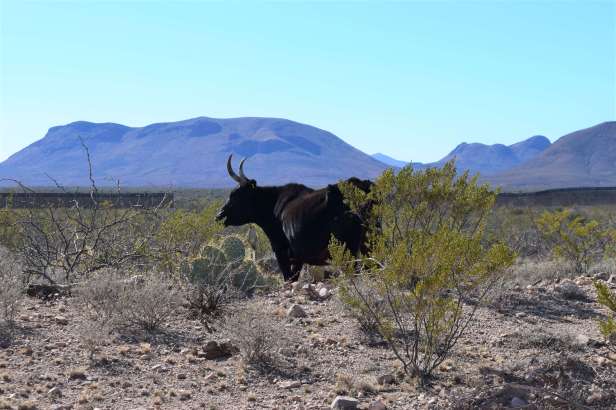
John Slaughter
The lawman from Texas, John Horton Slaughter, purchased 65,000 acres from Ignacio Perez’s heirs in 1884. This is the ranch that bears his name today. Among other things, John Slaughter is famous for being elected the first Cochise County sheriff in 1886. He brought law and order to the wild west and tamed the “City to Tough to Die,” Tombstone. When I read about his history, all I can think of is, “What a life!”
At the time of purchase, two-thirds of Slaughter’s property was in Mexico, and the remaining third in Arizona territory. This explains why I couldn’t find the old San Bernardino Presidio. It’s in Mexico! There’s no way to legally cross this area on foot. We got so close to the border fence while exploring that we set off an alarm and the caretakers got a call from the Border Patrol about us! I had to give up on my mission of finding the fourth Presidio and start a new one, exploring the ranch and learning all the cool history.
The 1887 Earthquake
Just two years after his purchase, Slaughter’s ranch was heavily damaged by the Sonoran earthquake of 1887. The earthquake was around a 7.6 magnitude. There were many casualties throughout Sonora, Mexico. Many of the adobe structures throughout the region were destroyed. Slaughter lost several buildings on his ranch, including his main home. At the time this earthquake was the longest fault rupture in the world. Evidence of this earthquake is still visible throughout the region today, especially in the many adobe brick missions that are scattered throughout Sonora and Arizona Territory. Evidence of the earthquake was visible on a my recent mission trip down to Sonora. Earthquake damage is also visible at the mission at Tumacacori.

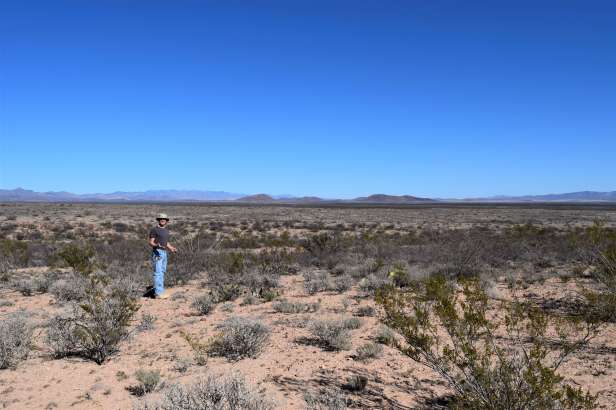
Army Outpost
Slaughter Ranch hosted an Army outpost from 1911 – 1920. This outpost was from Camp Harry J. Jones in nearby Douglas. The mission was to provide border security. The soldiers from this outpost participated in the 1916-1917 unsuccessful expedition against Pancho Villa. This expedition to Mexico was commanded by the famous General John J. Pershing.Pershing’s graffiti-tagged signature from an earlier duty station is still visible on the walls of Tumacacori Mission today.
Soldiers from Camp Jones and the outpost patrolled the border during World War I. It was feared that German soldiers and spies would try to infiltrate the border from Mexico. That never happened. Camp Jones was closed in 1933, and its equipment and soldiers relocated to Fort Huachuca. Nothing remains of Camp Jones in Douglas. All of that history is now buried beneath a residential area around 10th street.
Getting There & Exploring Douglas
The address for Slaughter Ranch is 6153 Geronimo Trail, Douglas, Arizona 85607. The road is hard-packed dirt so as long as it’s not monsoon season, almost any vehicle will make it. The scenic road offers expansive views of the area and you’ll also pass the border wall that was under construction. Once you get to Douglas, find Airport Road, then turn right onto Geronimo trail. Follow Geronimo trail for fourteen miles. Once you get to the ranch, you’ll see where to park, go inside and sign in and pay $5.
Douglas, AZ is a great starting or end point for the trip. This border town has a few hotels and shops, and plenty of good Mexican food. I’ve yet to cross the border to Agua Prieta from Douglas but its is just as easy and there’s more shopping than crossing in Nogales. Finally, a trip to Douglas isn’t complete without a visit to the famous (and supposedly haunted) Gadsen Hotel.

